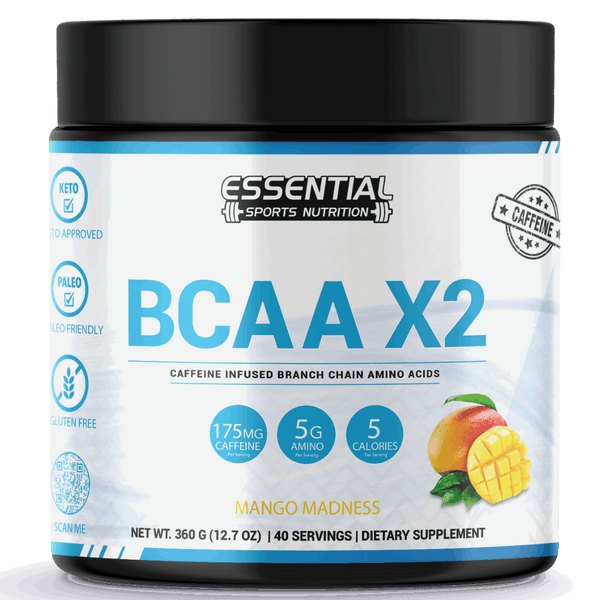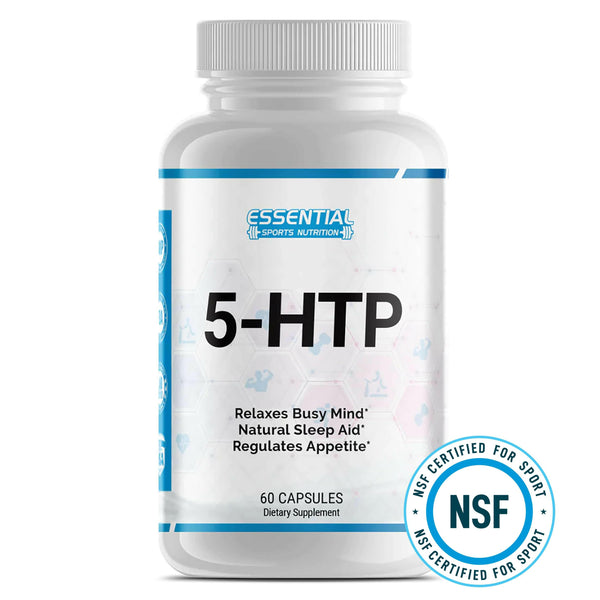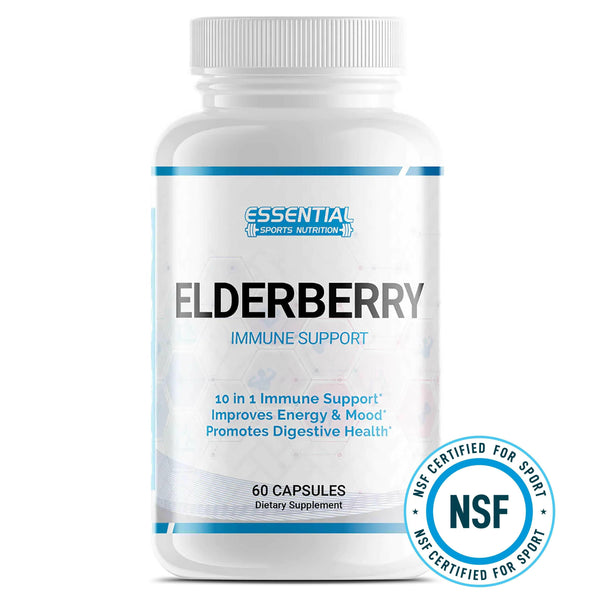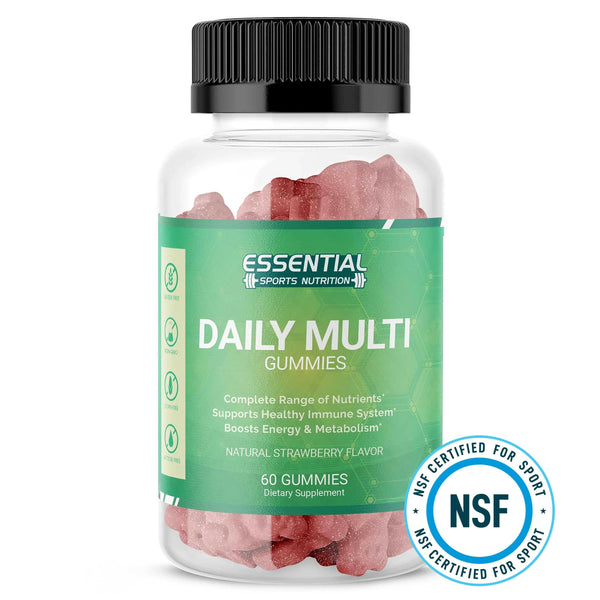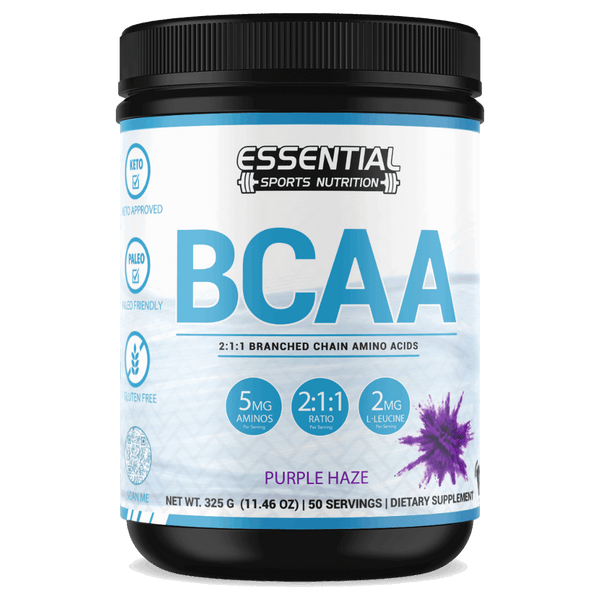Exercises for Hip Pain
In the days of chivalry, knights in armor scarcely worried about something as mundane as hip exercises, but you're living in the 21st century where hip pain is a common adversary that can joust with your daily comfort and mobility.
As you seek to conquer this discomfort, you'll find that certain exercises can serve as your trusty steed, strengthening the muscles around your hips and affording you relief. You're not alone in this quest; many have ventured down the path of therapeutic movement, finding solace in the simple yet effective realm of targeted physical activity.
Imagine engaging in a regimen that not only addresses your current pain but also fortifies your body against future discomfort. The right set of exercises could be the key to unlocking a more active and pain-free life, but which movements should you trust, and how can you perform them safely without risking further injury?
Stay with me, and I'll guide you through the strategies that might just lead you to victory over your troublesome hips.

Key Takeaways
Finishing your day with exercises designed for hip strength can make you feel accomplished. Think of your body as a well-built structure, where every exercise adds to its stability.
It's key to notice how steady exercise can ease hip discomfort gradually. Listen to your body's cues and rest when pain signals you to pause.
Your path to easing hip pain shows your determination. Remember to celebrate every step forward.
Understanding Hip Pain Relief
Pain is your body's way of telling you something is wrong. When you respond appropriately, you can prevent further injury and promote healing. This is why it's crucial to recognize and honor your body's pain signals during exercise.
Every time you complete an exercise session without increasing your pain, you're winning. It's these small triumphs that contribute to your overall progress in managing hip pain.
Understanding Hip Pain
Recognizing that hip pain can stem from various sources such as muscle strains, arthritis, or bursitis is crucial for seeking the right medical evaluation and treatment. Understanding the root cause of your hip pain is the first step toward effective management. If you're dealing with discomfort, you'll likely need a combination of exercises that stretch, strengthen, and enhance the mobility of your hip muscles.
To target your hip pain, you should prioritize exercises for the hip flexors, abductors, adductors, and both external and internal rotators. This comprehensive approach ensures that all relevant muscle groups are addressed, potentially reducing pain and improving function. However, it's not just about the exercises. You must also consider other factors such as maintaining a healthy weight, upholding proper posture, and using assistive devices if they're necessary for your situation.
Before starting any exercise regimen, it's essential to consult with a medical professional or physical therapist. They can provide tailored advice based on your specific condition and limitations, ensuring that the exercises are safe and effective. They'll help you understand which movements can benefit your hip muscles and contribute to a pain-free life.
Warm-Up Strategies
After understanding the underlying causes of hip pain and the importance of exercising different muscle groups, let's explore effective warm-up strategies that can prepare your body for a workout and help prevent further discomfort.
Begin with light cardio, like a brisk walk or a gentle cycle for 5-10 minutes. This initial step raises your body temperature and increases blood flow, which is essential for prepping your muscles for the exercises ahead.
Next, incorporate dynamic stretches that not only stretch your muscles but also mimic the movements you'll be performing during your workout. Leg swings and hip circles are excellent for this purpose. They not only improve your range of motion but also boost the flexibility of your hip muscles, making them less susceptible to injury during more strenuous activities.
To specifically target your hip area, include movements that activate the hip muscles, such as hip flexion with knee extension and standing hip abduction. These exercises enhance muscle engagement and promote stability in your hip joint.
As you progress, gradually intensify your warm-up with more dynamic actions to further elevate your heart rate and body temperature.
Always listen to your body's signals during your warm-up. If you notice tightness or discomfort, adjust your routine to ensure you're properly warmed up and ready to tackle your main exercise session without risking additional hip pain.
Bridging for Strength
Bridging exercises are a foundational component for strengthening the glutes and hip muscles, potentially alleviating hip pain and enhancing joint stability. When you exercise lying on your back, bridging allows you to engage your core and lift your pelvis and lower back off the floor. This movement targets the muscles that are essential for hip support.
| Emotion | Action | Benefit |
|---|---|---|
| Relief | Engage | Reduced Hip Pain |
| Empowerment | Lift | Improved Stability |
| Confidence | Hold | Stronger Glutes |
| Progress | Control | Enhanced Mobility |
| Comfort | Lower | Safe Strengthening |
Start by incorporating bridging into your routine, focusing on proper form. You'll want to ensure controlled movements to prevent aggravating any hip discomfort. As your strength builds, you can gradually increase both the duration and repetitions of the bridging exercise. Always listen to your body, and don't push through pain.
It's important to consult a physical therapist to confirm that you're performing the exercise correctly and to tailor the progression of bridging exercises to your specific needs and strength goals. They can help you optimize the movement to effectively strengthen the muscles around your hips, leading to a potentially pain-free and more active lifestyle.
Hip Flexion Techniques
Incorporating hip flexion exercises into your routine can significantly improve mobility and reduce stiffness in the hip joint. These movements target the hip flexors, which are crucial for maintaining proper posture and enabling a range of lower-body activities.
To strengthen your hip, start with a simple standing hip flexion. Stand upright, engage your core, and slowly lift your right leg off the ground, bending at the hip. Keep the lifted leg's knee aligned with the hip and avoid overarching the lower back.
Progress to lying hip flexion exercises for a more targeted approach. Lie on your back with legs extended. Contract your abdominal muscles to flatten your back against the floor. Then, lift your right leg, maintaining a slight bend in the knee, as high as comfortably possible without straining. Lower it slowly to the starting position. Repeat this movement several times, ensuring you're focusing on using your hip flexors rather than momentum.
Standing Hip Abduction
While strengthening your hip flexors is crucial, it's equally important to work on hip abduction to enhance lateral stability and mobility. Standing hip abduction targets the muscles responsible for moving your leg away from your body's midline, which can help reduce hip pain and improve function.
Here's a clear step-by-step guide:
-
Stand with your feet shoulder-width apart for stability.
-
If necessary, hold onto a chair or wall for balance.
-
Keeping your core engaged, lift one leg straight out to the side without tilting your torso.
-
Hold this position for 5 seconds, maintaining the height that challenges you without compromising form.
-
Slowly lower your leg back to the starting position.
To visualize your progress, use this table:
| Week | Repetitions | Hold Time (seconds) |
|---|---|---|
| 1 | 8 | 5 |
| 2 | 10 | 10 |
| 3 | 12 | 15 |
As you strengthen the hip, gradually increase both the repetitions and the duration of the hold. Remember not to let your leg behind or your upper body lean to the side, as this can reduce the effectiveness of the exercise. Consistency will yield the best results.
Seated External Rotation
As you explore seated external rotation exercises, understanding their benefits is crucial for your hip health.
Ensuring you're in the correct seated position maximizes the stretch's effectiveness and minimizes the risk of injury.
Let's examine how to perform these movements accurately and address common mistakes to avoid during your routine.
Benefits of External Rotation
Strengthening your hip muscles through Seated External Rotation not only enhances hip stability but also plays a crucial role in preventing injuries and improving joint mobility. When you incorporate these exercises into your routine, you're taking proactive steps to address hip pain and enhance your overall well-being. Consider the following benefits:
-
Targeted Muscle Engagement: Activates the specific muscles responsible for external rotation, providing focused strengthening.
-
Injury Prevention: By fortifying the hip muscles, you reduce the likelihood of strains and sprains.
-
Increased Flexibility: Regular practice leads to a greater range of motion, contributing to smoother and pain-free movement.
-
Postural Support: Strong external rotators help maintain alignment, decreasing stress on your hips and lower back.
Incorporating Seated External Rotation exercises can be a game-changer for alleviating and managing hip pain.
Proper Seating Position
Understanding the benefits of Seated External Rotation sets the stage for mastering the correct seating position, which is vital for maximizing the efficacy of these exercises and preventing further hip discomfort.
To achieve this, sit with your knees bent and feet together. Gently press your knees towards the floor, feeling the stretch without causing pain. This proper seating position ensures alignment of your pelvis and lower back, crucial for minimizing strain.
Use a resistance band for seated butterfly stretches, pulling just enough to engage the muscles. When doing quadriceps stretches, pull your toes and ankles toward you, and press your knee against the floor. This supports tissue healing by reducing stiffness and improving joint mobility.
Always maintain proper form and consult a professional for pain or discomfort.
Common Mistakes Avoided
To prevent common errors during seated external rotation exercises, ensure your knees remain pressed towards the floor and breathe steadily throughout the stretch. When performing exercises to help alleviate hip pain, it's crucial to feel a gentle stretch without overdoing it.
Here are some common mistakes to avoid:
-
Maintain a straight, upright back—slouching can lead to lower back strain.
-
Don't force the movement; you should only feel a gentle stretch, indicating proper execution.
-
Ensure both hips are engaged equally to prevent creating muscle imbalances.
-
Avoid jerky or sudden movements that can cause injury.
Stretches for Hip Relief
To address hip discomfort, you can incorporate targeted stretches such as the Hip Flexor Stretch and the Seated Groin Stretch. These exercises are designed to enhance flexibility and alleviate tension in the hip area.
Perform these stretches regularly to support hip health and mitigate pain.
Hip Flexor Stretch
Begin your hip flexor stretch by kneeling on the ground and stepping one foot forward into a lunge position, ensuring your front knee is aligned with your ankle. This targeted movement helps alleviate tightness by stretching the muscles at the front of your hip.
Here's how to maximize the effectiveness of your hip flexor stretch:
-
Keep your back straight and your core engaged.
-
Slowly lean forward into your front leg until you feel a stretch in the hip of your back leg.
-
Hold the stretch for 20 to 30 seconds, breathing deeply.
-
Repeat on the other side for balanced flexibility.
It's crucial to perform this stretch regularly, especially if you're sedentary or have a job that keeps you sitting for extended periods. If you experience persistent hip pain, consult a healthcare professional.
Seated Groin Stretch
Incorporate the seated groin stretch into your routine to effectively target and alleviate tension in the hip area, enhancing both flexibility and mobility with consistent practice. Position yourself on a chair with your feet planted firmly on the ground. Draw the soles of your feet together and gently press your knees toward the floor. This movement is akin to a seated variation of the butterfly stretch, focused on the groin.
Maintain a straight back as you lean forward slightly, intensifying the stretch. Hold this position for 20-30 seconds, taking deep breaths to facilitate relaxation. Repeat the seated groin stretch 2-3 times, ensuring to work each side evenly.
Regularly including this exercise can help soothe hip discomfort and augment your overall range of motion.
Monitoring Exercise Intensity

Monitoring the intensity of your exercises is crucial to ensure you manage hip pain effectively and avoid exacerbating the condition. To protect your hips and maximize the benefits of your workouts, here's a guide:
-
Use a Pain Scale: Evaluate your pain on a scale from 0 to 5 during exercises for hip pain. Keeping your pain within this range can help reduce the risk of aggravation.
-
Modify Exercises: If you find the intensity climbing above a 5, modify the strength exercises to decrease the strain on your hip joints.
-
Monitor Muscle Pain: Experiencing short-term muscle pain during your workout is typical. However, this discomfort should subside promptly and not intensify the following day.
-
Avoid Aggravating Movements: Steer clear of any exercises that heighten your hip pain. If discomfort persists or escalates, it's essential to seek a medical evaluation.
Hip Mobility FAQs:
Q: What are some exercises for hip pain?
A: Some exercises for hip pain include external hip rotation, hip extension, and stretches to improve hip mobility.
Q: Can exercises help relieve hip pain?
A: Yes, certain exercises and stretches can help relieve hip pain or discomfort by strengthening the muscles around the hip joint and improving flexibility.
Q: What are the best exercises to relieve hip pain?
A: The best exercises to relieve hip pain include external hip rotation, hip extension, and stretches specifically designed to support the hip joint and improve hip mobility.
Q: Is it advisable to perform strengthening exercises for hip pain?
A: Yes, performing strengthening exercises for the hip can help support the hip joint and improve overall hip function, which may alleviate hip pain in the long run.
Q: Are there specific physical therapy exercises for hip pain?
A: Yes, physical therapy exercises for hip pain may include stretches, strengthening exercises, and movements to improve hip mobility and relieve pain.
Q: Can hip exercises worsen lower back pain?
A: While it's essential to maintain proper form and technique, generally, targeted hip exercises should not exacerbate lower back pain and can often help strengthen and support the hips and lower back.
Q: How can exercises and stretches help with hip arthritis?
A: Exercises and stretches designed to improve hip mobility and strengthen the surrounding muscles can help alleviate the discomfort associated with hip arthritis and enhance overall hip function.
Q: Are there specific exercises and stretches for post-hip replacement recovery?
A: Yes, there are specific exercises and stretches designed to aid in post-hip replacement recovery, focusing on gentle movements to support the new hip joint and promote healing.
Q: How long should one hold a stretch to relieve hip pain?
A: It is generally recommended to hold a stretch for 20-30 seconds to effectively target the muscles and connective tissues around the hip and help alleviate pain.
Q: Are there exercises to avoid if hip pain persists?
A: If hip pain persists, it's advisable to avoid exercises that exacerbate the pain or discomfort. Consulting with a healthcare professional can provide guidance on which exercises may be best suited for individual circumstances.
Other Frequently Asked Questions:
What Is the Fastest Way to Relieve Hip Pain Exercises?
To quickly ease hip discomfort, you'll want to focus on low-impact exercises that target flexibility and strength. Start with gentle stretches like hip circles and progress to strengthening moves like bridges.
Always warm up first to prepare your muscles.
If you're dealing with severe pain or post-surgery issues, it's crucial to consult with a healthcare professional before trying any new exercise routine to ensure it's safe for your specific condition.
What Is the Best Way to Relieve Hip Pain?
Imagine you've been sitting for hours; your hips ache. To relieve the pain, focus on low-impact activities that strengthen and stretch your hip muscles.
Swimming, for example, works wonders—it's gentle on joints while effectively building muscle support. Regularly incorporating water exercises can significantly reduce hip discomfort.
It's not just about instant relief; it's a long-term strategy for healthier, pain-free hips. Always listen to your body and adjust as needed.
Is Walking Good for Painful Hips?
Yes, walking is beneficial for painful hips. It's a low-impact activity that improves blood flow and reduces stiffness. Start with short strolls, then slowly up the pace and distance to avoid strain.
Proper technique and posture are key; they ensure your hips are aligned and pressure is minimized. However, if walking worsens your pain, you should see a healthcare provider to tailor an exercise regime to your needs.
Will Hip Pain Go Away With Exercise?
Hip pain often feels like a gnarly knot, but with exercise, you're likely to untangle it. Strengthening and flexibility routines, crafted on evidence-based practices, can lead to significant improvement. They bolster the muscles supporting your joints and enhance movement ease.
It's crucial, though, to listen to your body's whispers of discomfort—dial back if pain shouts. Aim for consistency, and you'll potentially see your pain fade with each active stride.
Keep Moving Forward
As the sun sets on your day of hip-focused exercises, take pride in the strength you're building. Your body is a temple, and each movement is a brick reinforcing its walls.
The gentle ebb and flow of your efforts, like ocean waves, gradually erodes the shore of discomfort. Stay attuned to your body's signals—let pain be the red light guiding you to rest.
Persistence in your exercise routine is essential. With each session, you're not only working towards reducing hip painbut also enhancing your overall well-being.




